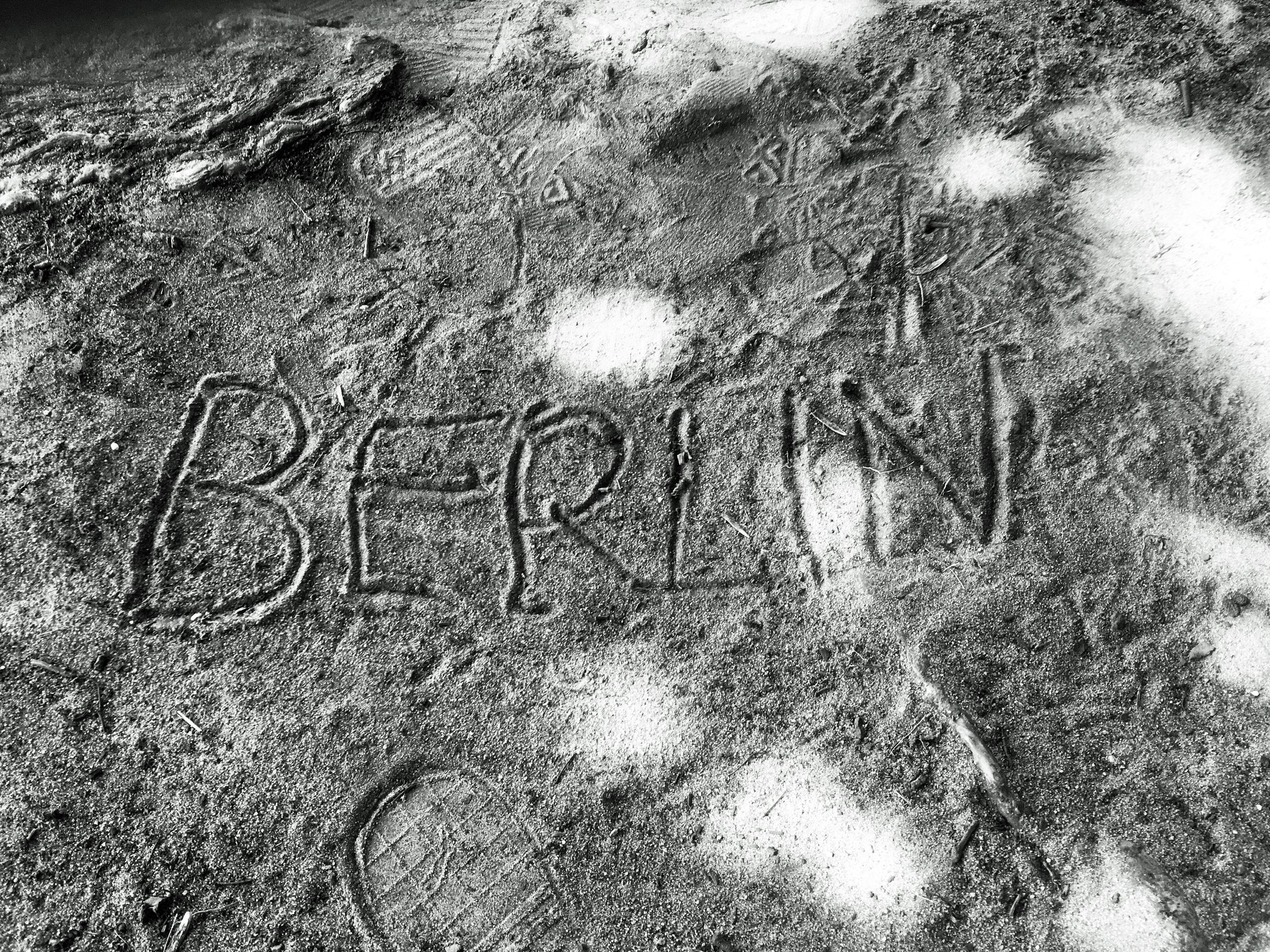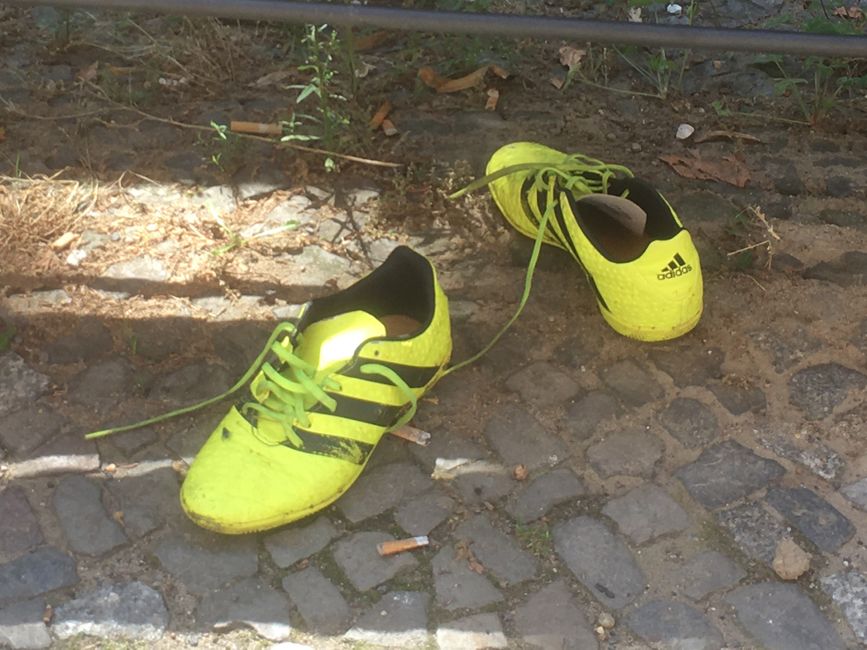6662
ପ୍ରକାଶିତ |: 21.07.2021
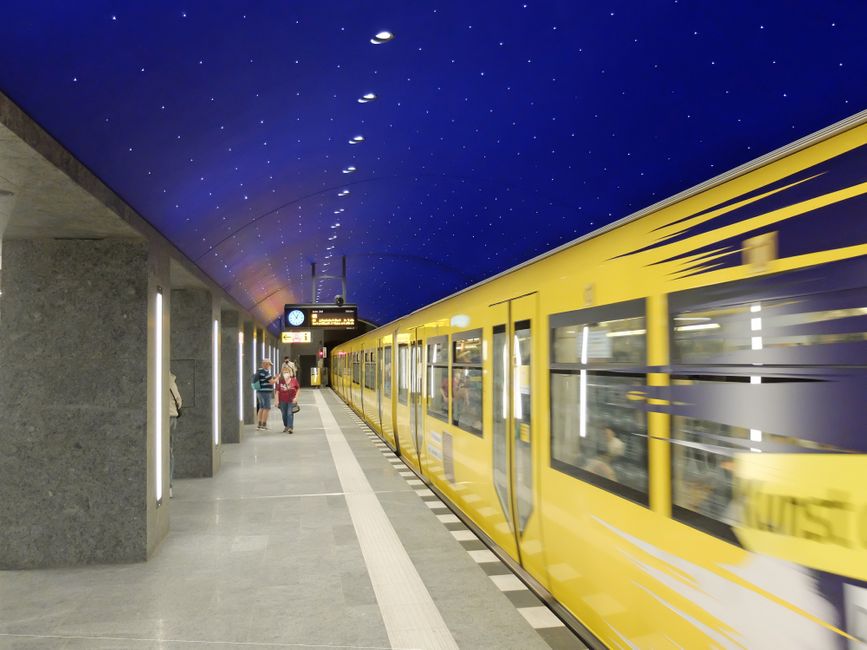
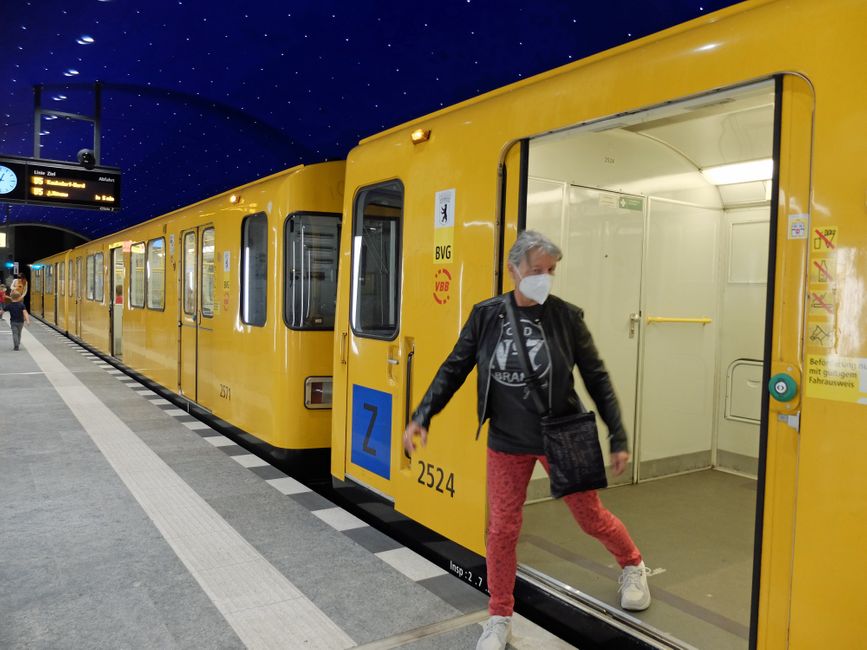
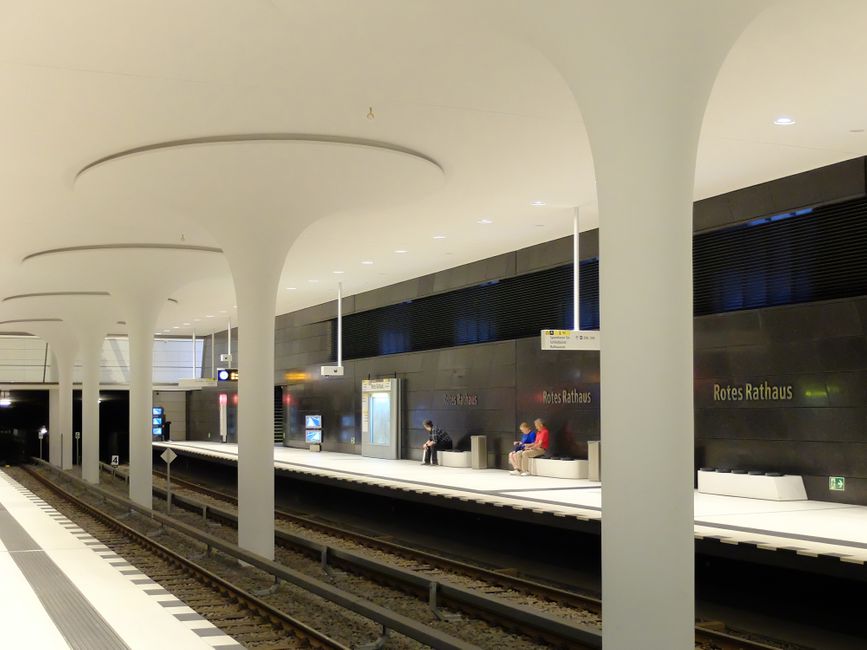
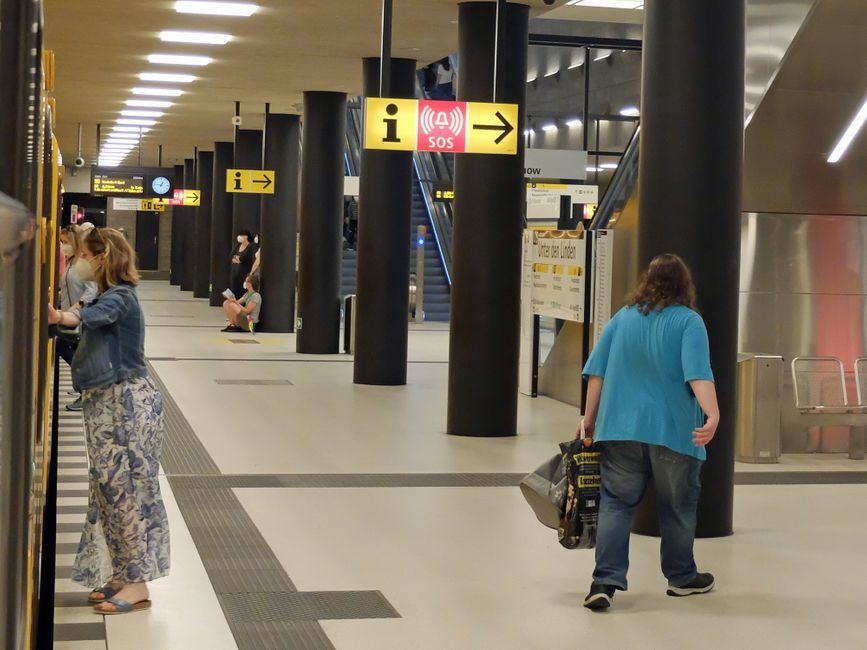
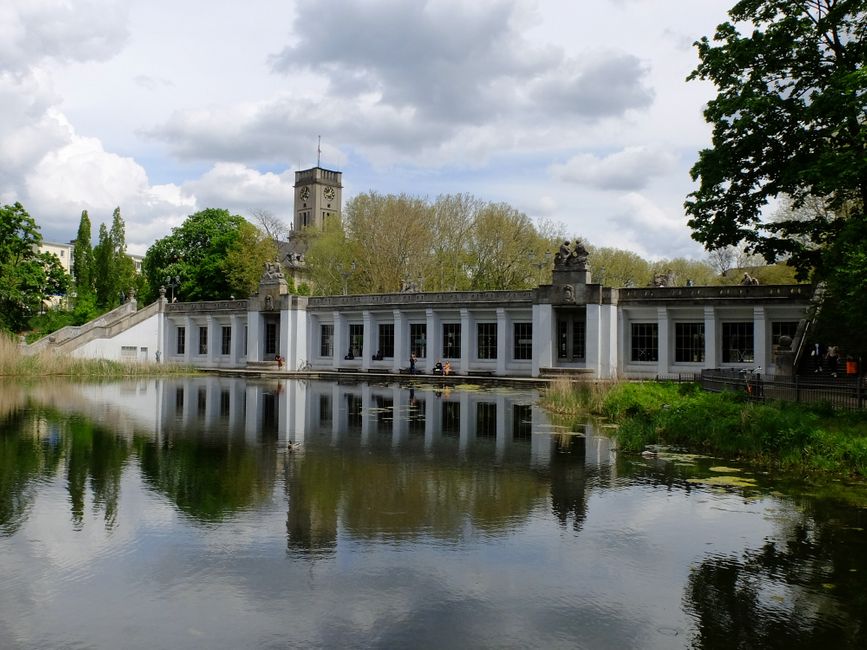
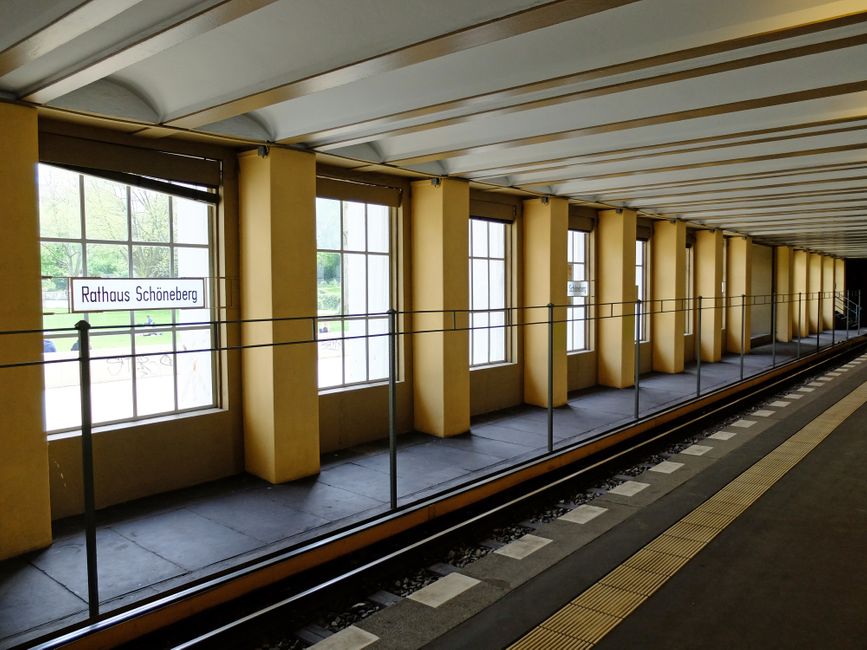
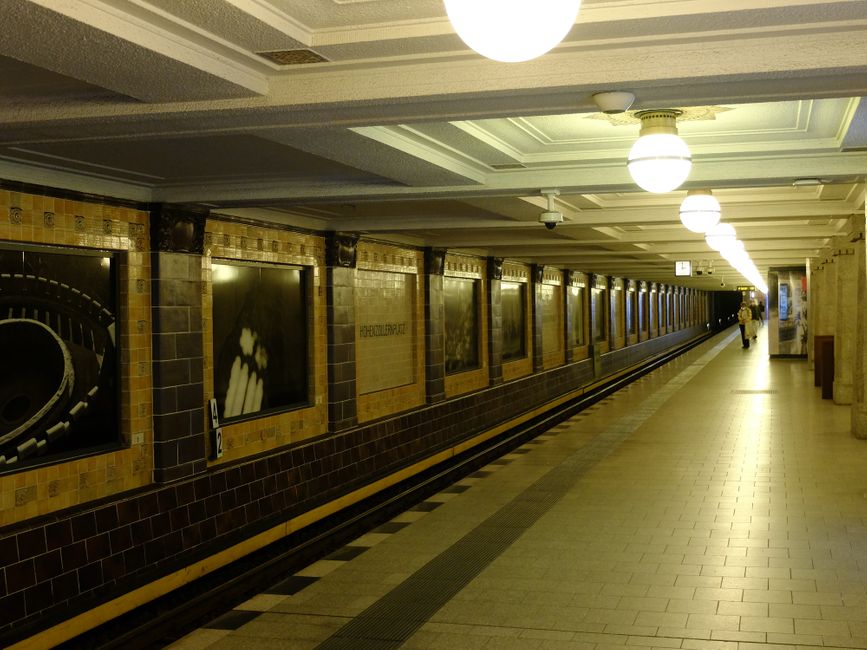
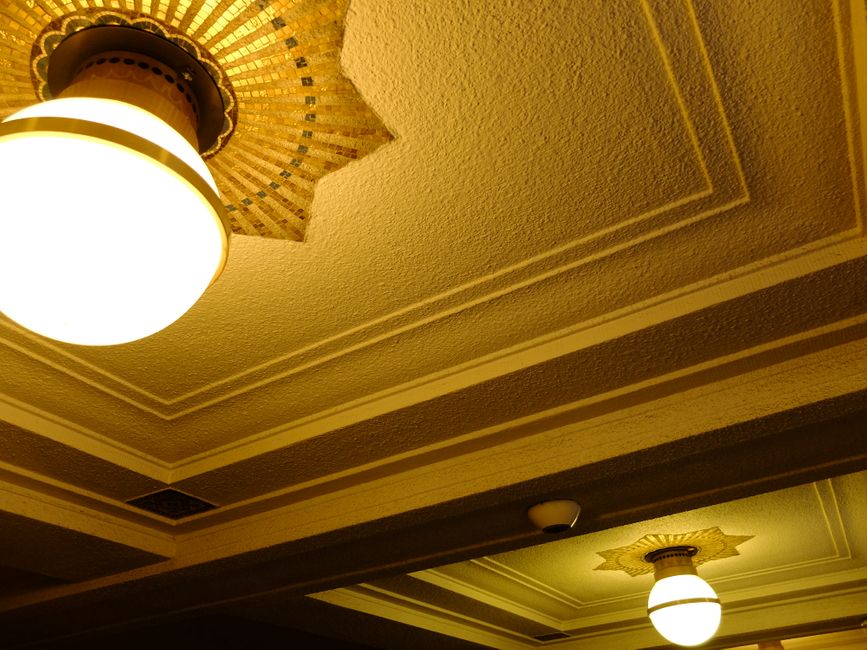
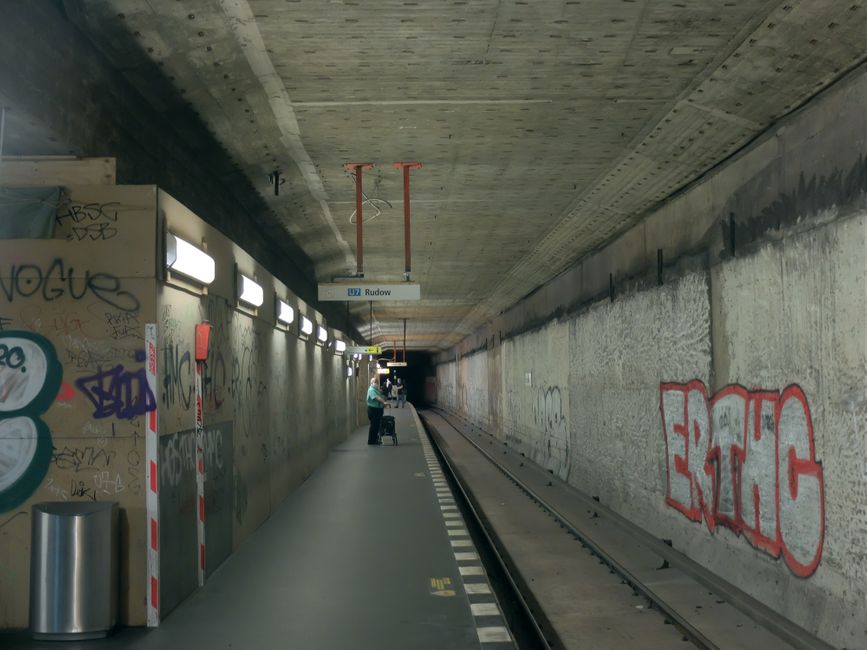
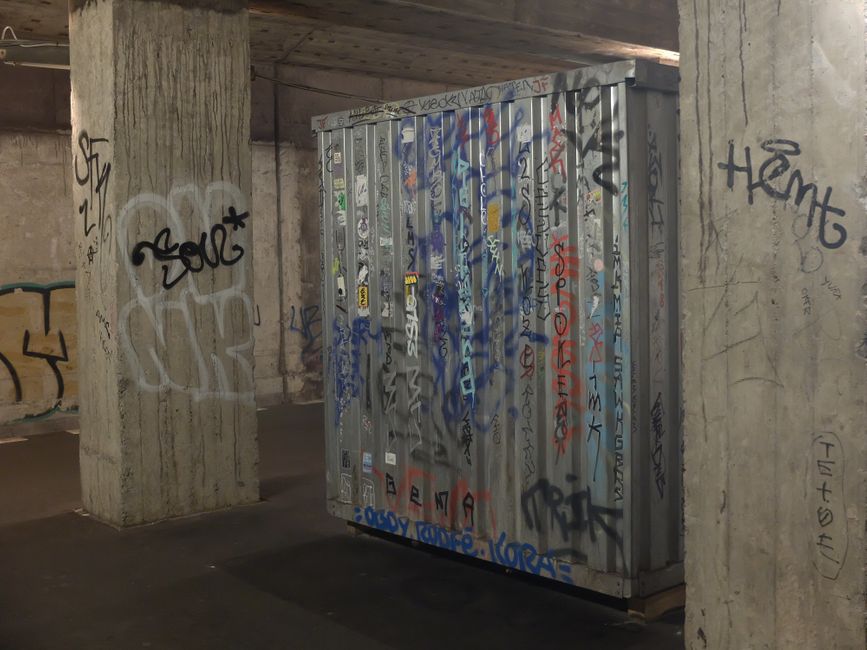
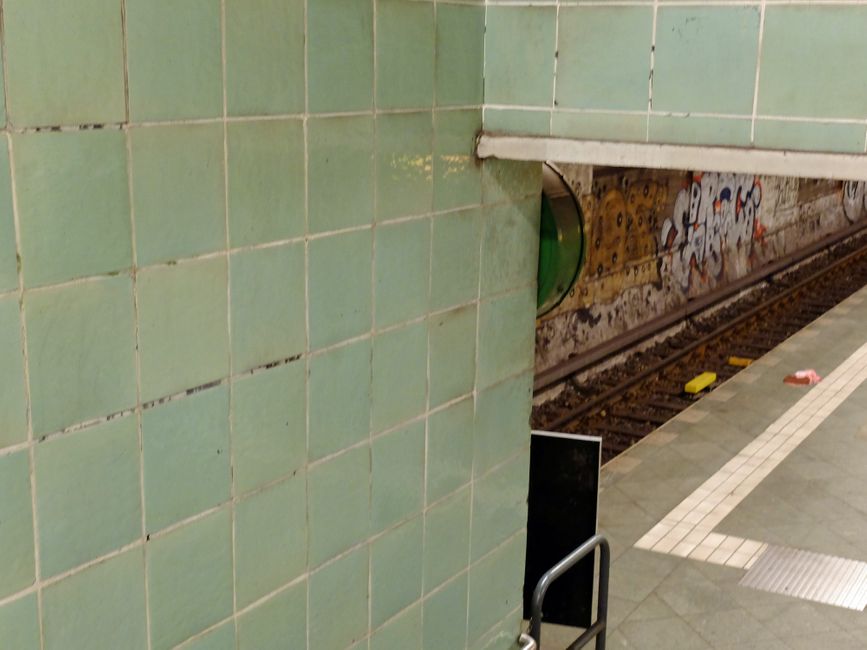
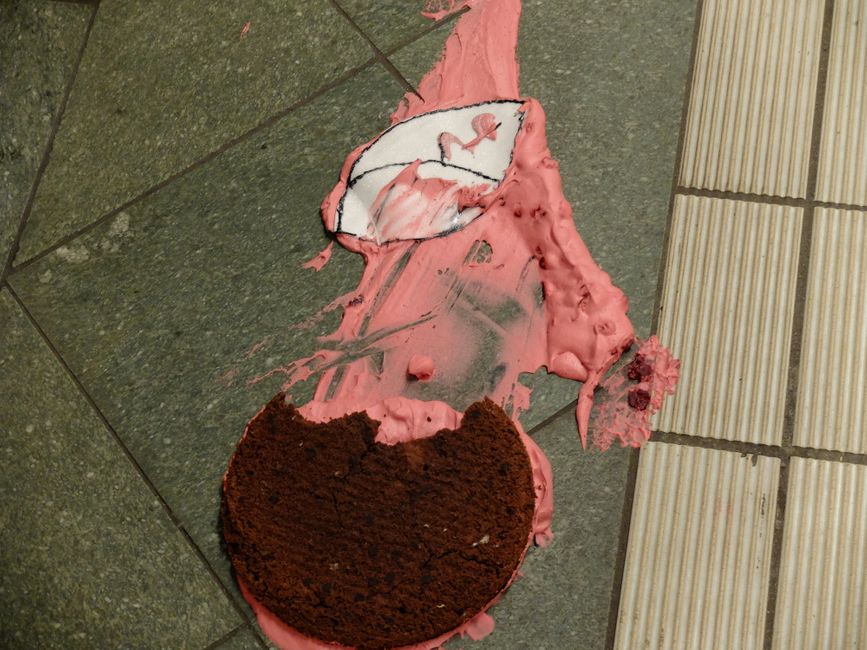
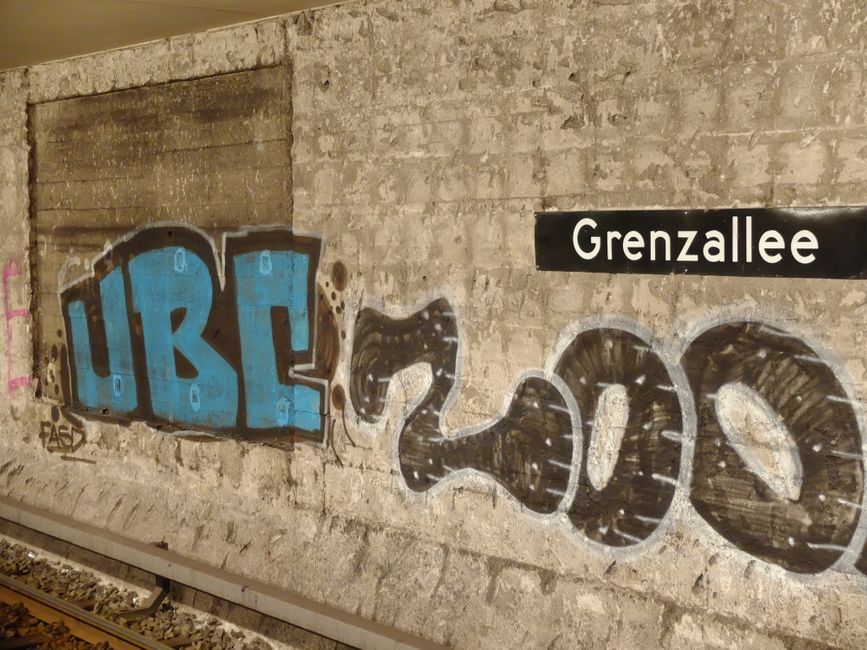
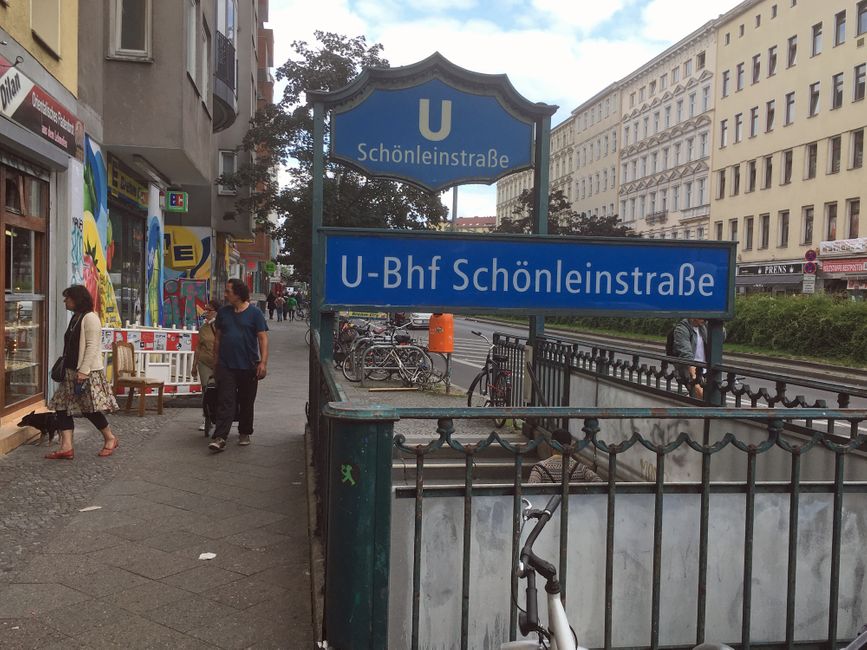
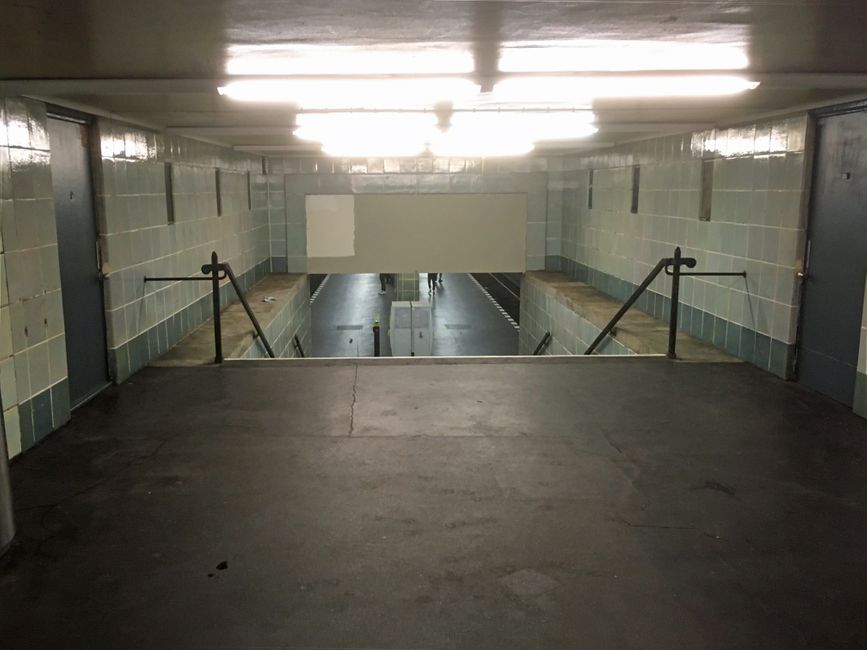
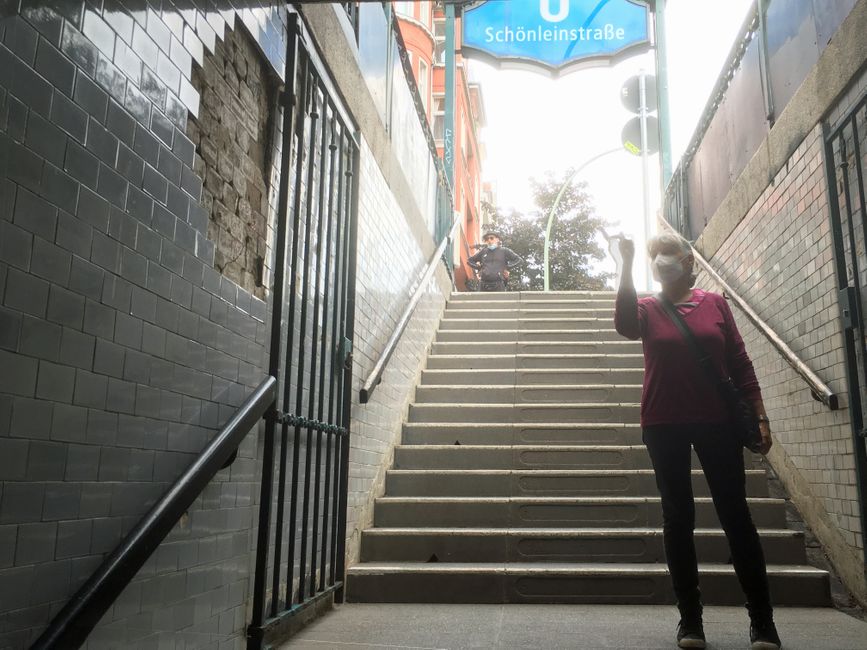
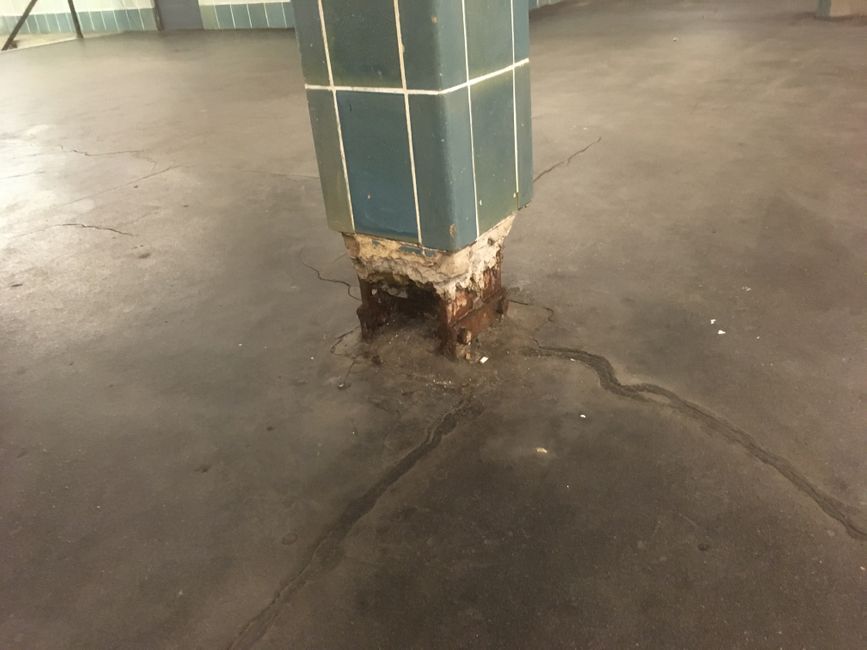
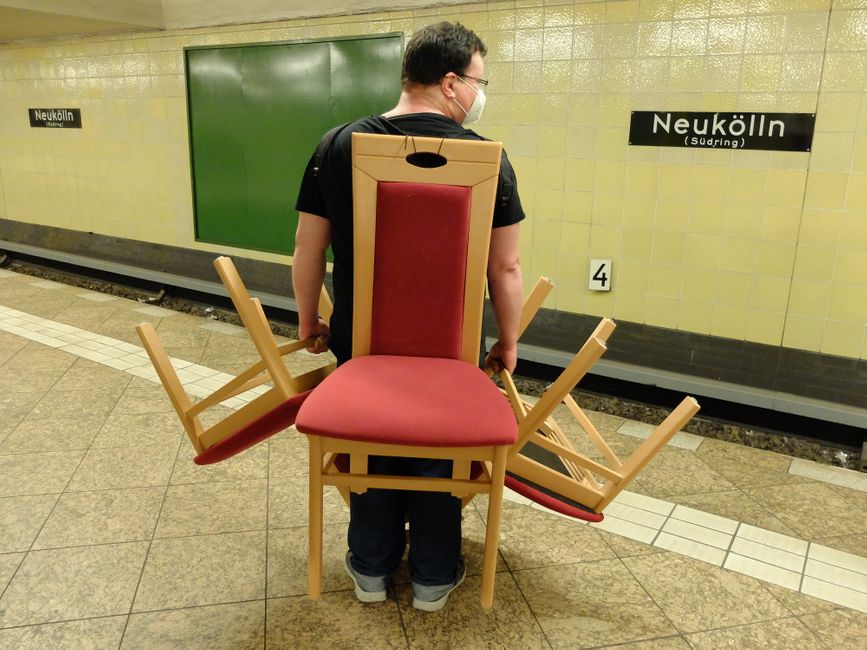
ସମ୍ବାଦପତ୍ରକୁ ସବସ୍କ୍ରାଇବ କରନ୍ତୁ |
The Sky Under Berlin
"Simply underground" is the title of the TAZ newspaper about the new Berlin subway station Museumsinsel. The U5 stop is located under approximately 80% of all the sights in Berlin. "Karo einfach" was not an option and Swiss star architect Max Dudler was hired. He was inspired by Karl Friedrich Schinkel and his set design for a performance of The Magic Flute from 1816. The arched ceiling was transformed into a deep blue night sky with exactly 6662 LEDs as a double for the stars above Berlin. The construction site in the mud under the Spree had to be frozen to minus 37 degrees with a gigantic deep freeze unit so that excavation work could even be carried out. The whole thing reportedly cost over 150 million euros, which is about a quarter of the Stadtschloss/Humboldt Forum.
We think the station is very beautiful and functional, just like the two other stations of the new section of the U5, Rotes Rathaus and Unter den Linden. The entire line is a gain, not least because the main train station finally has a subway connection to the cultural center of the city. Many visitors will primarily use this line during short visits and will therefore find an underground counterpart to the city's highlights. The Tagesspiegel newspaper says: "Berlin's subway landscape will become even more diverse with the new line: Many stations are protected as historical monuments, such as the Alfred Grenander and Wilhelm Leitgebel stations from the early 20th century, or the stations on the U6 and U7 lines by Rainer Gerhard Rümmler, which were built from 1960 and feature a pop art style."
Diverse
The condition of the remaining 172 stations is also diverse in terms of construction and hygiene. There is a small "S-Class" of around 30 stations, such as the one at Wittenbergplatz. The station from the imperial era near the KDW department store has just been completely renovated and decorated with Wilhelmine-style advertising messages. There are some beautiful and well-maintained examples from this time, such as Hohenzollernplatz or the beautiful bridge station Rathaus Schöneberg on line 4.
Just So-So
Around 120 stations represent the standard range from "quite good" to "just so-so" in Berlin. Compared to Hamburg or Munich, the level reached is rather modest, much of it is incredibly shabby and dirty depending on the time of day. Every day, cleaning staff at all stations fight against decay. You can read more about this in the book by Julia Friedrichs "Working Class: Why we need work that allows us to live."
Let's move on to our very subjective top 3 of the worst subway stations in Berlin. The first place is taken by far by the Yorckstraße station on the U7 line. Even the entrances are an ordeal, hardly noticeable in the urban landscape and very narrow for a large station. It is an important transfer station for four S-Bahn lines and many busy people crowd into the access holes.
Apocalyptic
In the staircases and corridors on the first level, there are still wall coverings and rudimentary lighting. Everything is so shabby that you quickly continue on to get it over with. But oh! The worst awaits us on the platform. The lighting is even dimmer here, and the remaining light is almost completely absorbed by the gray walls, as all the tiles have been removed. One could make a film here showing the world after a nuclear strike. The people have retreated deep underground to escape the radiation. Nevertheless, some of those present here look very irradiated as they inhale smoke from folded foil. Everyone is eagerly awaiting the day they can go back to the surface or a train comes to free them from misery.
The condition of the station has also come to the attention of the BVG (Berlin Transport Company) and it is currently being rebuilt. However, "currently" doesn't accurately describe the situation. We have been living here for four years and have only known the described condition, and there is no visible movement. It is likely that an entire generation will never know anything else, and with the almost proverbial loyalty to their own neighborhood, there will be people who believe that subway stations just have to look like this.
Tiles and Graffiti Decay
This will especially apply to those who commute to the Grenzallee subway station, our home station. Here, too, the green tiles were removed five years ago and there has been no visible construction activity for the past eight weeks. The tile decay has struck at least ten stations across the city without anything else happening there. There is certainly an explanation for this that we are simply not being told because it sounds too ridiculous. The walls on the Grenzallee platform have become a place of pilgrimage for graffiti artists with sometimes very beautiful results. We firmly believe that in five years, when the tiles are to be glued again, another well-known Berlin phenomenon will occur. An initiative will be formed to preserve these artistically valuable graffiti, preventing any further construction progress for years.
Shelter
An all-time classic is the Schönleinstraße stop on the border between Neukölln and Kreuzberg. It comes up in public discussions every year during winter cold spells, when it is once again demanded that subway stations should remain open at night for homeless people. We wonder if this is suggested because there is no hope left for this station, or is there no hope left because it has already been a night shelter so many times? Like many other subway stations, Schönleinstraße takes on the deficiencies of the state's care for the homeless and drug addicts. People are here because they don't know where else to go. They have that in common with us "normal" passengers, because we also depend on these places to get around the city.
This brings us back to the starting point of this story, the starry sky under Berlin. We hope that now that the highlights of BVG architecture are finished, there will be money and commitment left for the rest. Barrier-free, fear-free, and disgust-free access to the best transportation system in Europe would be something. It could be "Karo einfach" (simply easy).
Here are all the links again for anyone who wants to read more:
https://taz.de/U-Bahnhof-Museumsinsel-eroeffnet/!5782309/
https://www.piper.de/buecher/working-class-isbn-978-3-8270-1426-9
https://www.redensarten-index.de/suche.php?suchbegriff=~~Karo%20einfach&suchspalte%5B%5D=rart_ou
ସମ୍ବାଦପତ୍ରକୁ ସବସ୍କ୍ରାଇବ କରନ୍ତୁ |
ଉତ୍ତର
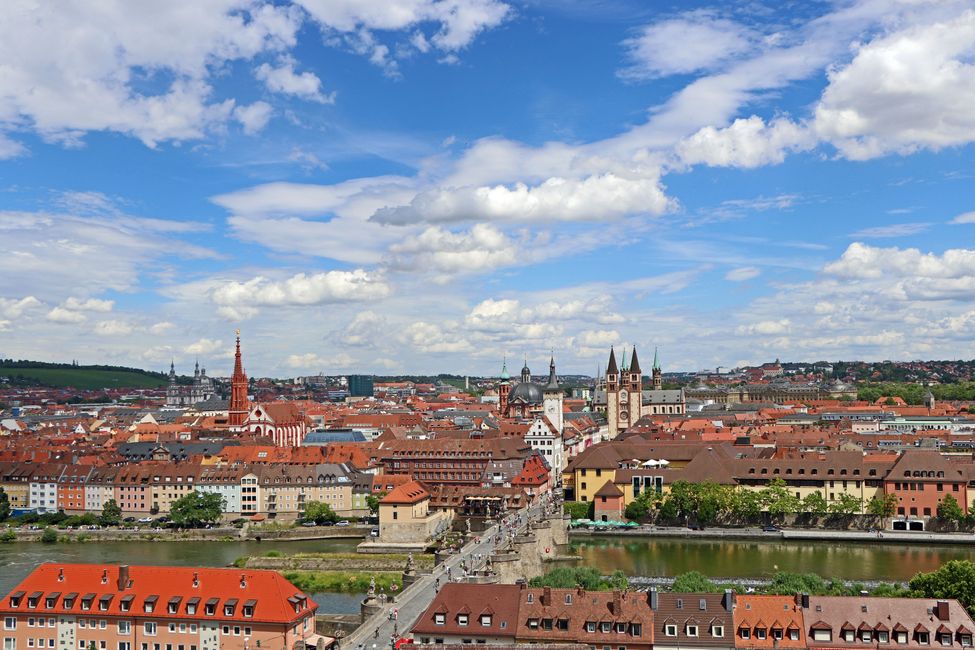
ଭ୍ରମଣ ରିପୋର୍ଟ ଜର୍ମାନୀ
